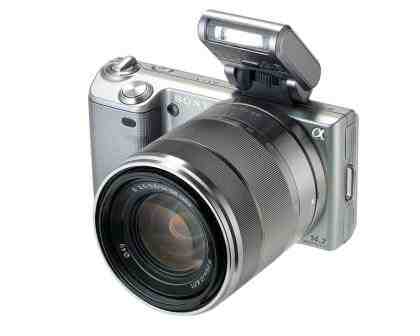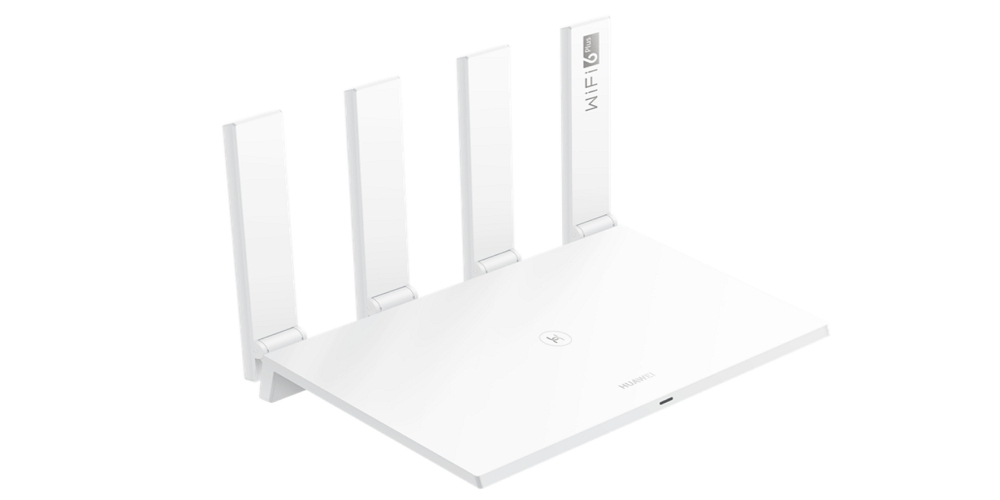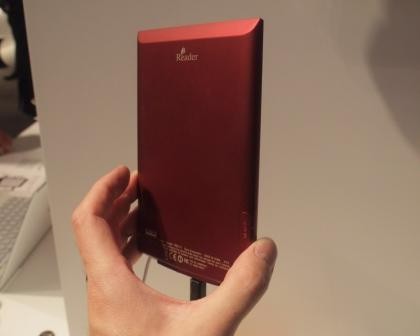Sony Alpha NEX-5 review
The NEX-5 made quite a splash when it was launched in summer 2010, packing an APS-C sensor capable of SLR-quality photos and 1080p videos into a tiny magnesium alloy body with a superb 3in, 920,000-pixel tilting screen. Its Achilles’ heel was a control system that aimed for point-and-shoot simplicity at the expense of photographic control. The functions we’d expect were all there but they were buried in an appalling menu system.
Thankfully, a firmware update has improved the control system greatly, bringing key functions such as ISO speed, white balance and focus area within easy reach. It’s no less of a point-and-shoot camera, but despite the scant collection of buttons, it’s now pretty quick to take control of the camera to optimise image quality. That’s important, as the Auto ISO mode is still limited to a 200-1600 range, which fails to take full advantage of the sensor’s low noise levels.
The camera's body is available in silver or black and is made from magnesium alloy, which gives it a reassuringly solid feel. It's been sculpted to fit perfectly into your hand and, as soon as you pick up the NEX-5, you find yourself enticed into taking pictures. The buttons are all easily operable with your right hand and you’ll only need to use your left hand to zoom or focus (in manual focus mode), making it an extremely convenient camera to use.
The NEX-5’s compact size does create a few issues, however. The most notable being that it’s very easy to block the focus-assist lamp (under the Sony logo next to the hand grip) with your fingers wrapped around the grip. This can cause issues in low-light, as the contrast detect auto-focus system does rely somewhat on the AF assist lamp.

There’s very little space for controls on the rear so the buttons have many different functions and rely on on-screen prompts to tell you what their current function is. Sony says this is because the camera is aimed more at point-and-shoot users rather than DSLR users and it doesn’t expect its users to venture far beyond the iAuto mode.
Unfortunately, the iAuto mode is more limited than the Auto mode on most compact cameras. There’s no option to use exposure compensation, change the ISO or use the Auto HDR feature. The lack of control over both exposure compensation and sensitivity is particularly frustrating in the iAuto mode. The former means you’re putting a lot of faith on the NEX-5’s metering system making a correct exposure calculation, while the latter appears to have an upper limit of ISO 1600, which is well below the camera’s maximum ISO 12800, and somewhat negates the advantage of such a large sensor.




Leave a Comment